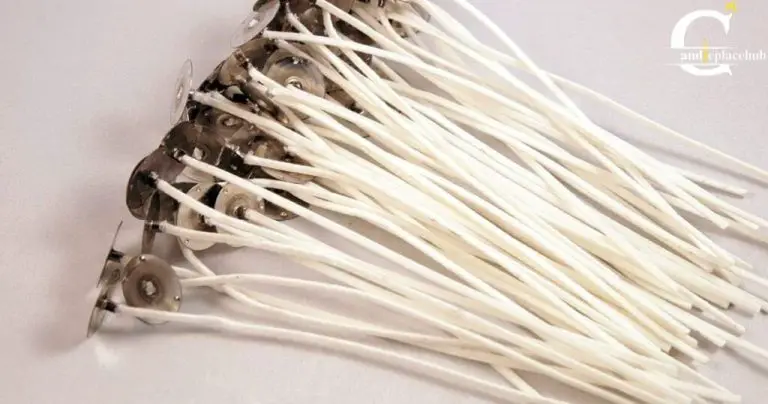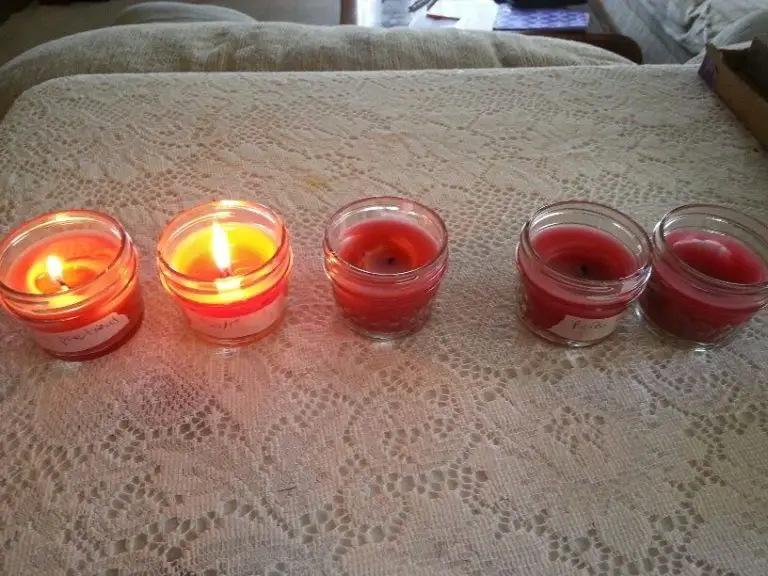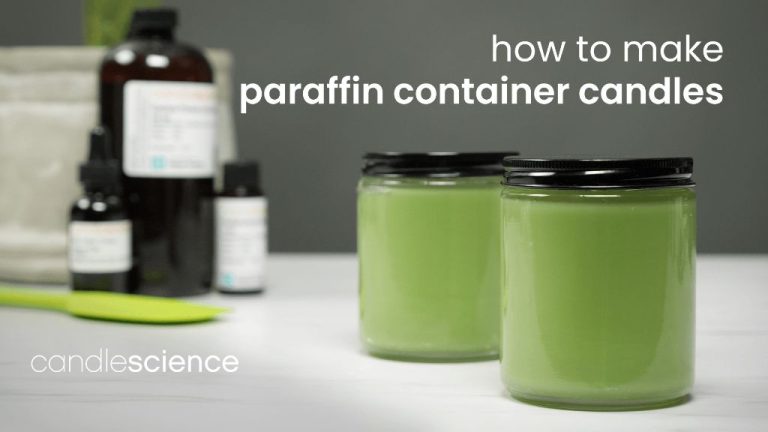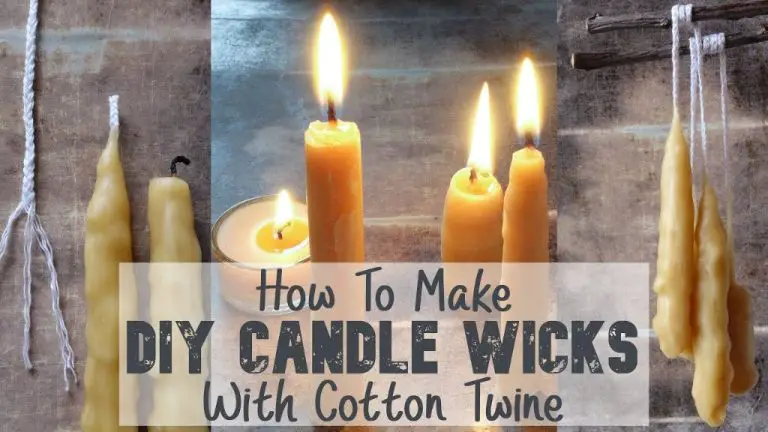Is Cotton A Good Candle Wick?
Candle wicks serve an important purpose in candles. Their main function is to deliver fuel to the flame by drawing wax up through the wick via capillary action. This allows the wax to vaporize at the hot tip of the wick so it can mix with oxygen and sustain the flame. Without a proper wick, a candle cannot burn efficiently or produce light and fragrance. The wick must be made from materials that complement both the type of wax and intended use of the candle. Cotton is one of the most common materials used for wick cores.
What are Candle Wicks Made Of?
Candle wicks are a key component in candles. They serve the important purpose of bringing fuel to the flame. Wicks do this by absorbing liquid wax and holding it until it melts from the flame and vaporizes.
Today, most candle wicks are made from cotton (https://smellscandle.com/blogs/news/what-are-candle-wicks-made-of-everything-you-need-to-know). Cotton is preferred for its ability to bend and retain the melted wax. The cotton fibers form a braided or twisted strand that creates a durable wick.
In addition to cotton, other common materials used for wicks include paper, wood, and wire cores wrapped in cotton. But pure cotton remains the most popular choice due to its reliable burning properties.
Properties of Cotton Wicks
Cotton has several properties that make it well-suited for use as a candle wick. Some of the key properties are:
Absorbency – Cotton is very absorbent, which allows it to soak up melted wax and bring it to the flame through capillary action. This ensures an even burn and prevents tunneling or drowning of the wick. Cotton’s absorbency also results in a larger melt pool.
Burn Rate – The natural fibers in cotton have an intermediate burn rate relative to other materials. Cotton burns slowly enough to resist mushrooming, but fast enough to provide a bright flame. The burn rate can be adjusted via wick braiding and diameter.
Stiffness – Cotton has moderate stiffness that helps the wick stay upright as the candle burns. The fibers provide some rigidity without becoming brittle. Stiffness can be increased by braiding multiple cotton strands.
Cotton’s balance of absorbency, burn rate, and stiffness makes it versatile for many candle types and jars. Fine-tuning the fiber thickness, braid pattern and other factors allows cotton wicks to be customized for specific wax formulations and desired flame characteristics. (Source)
Advantages of Cotton Wicks
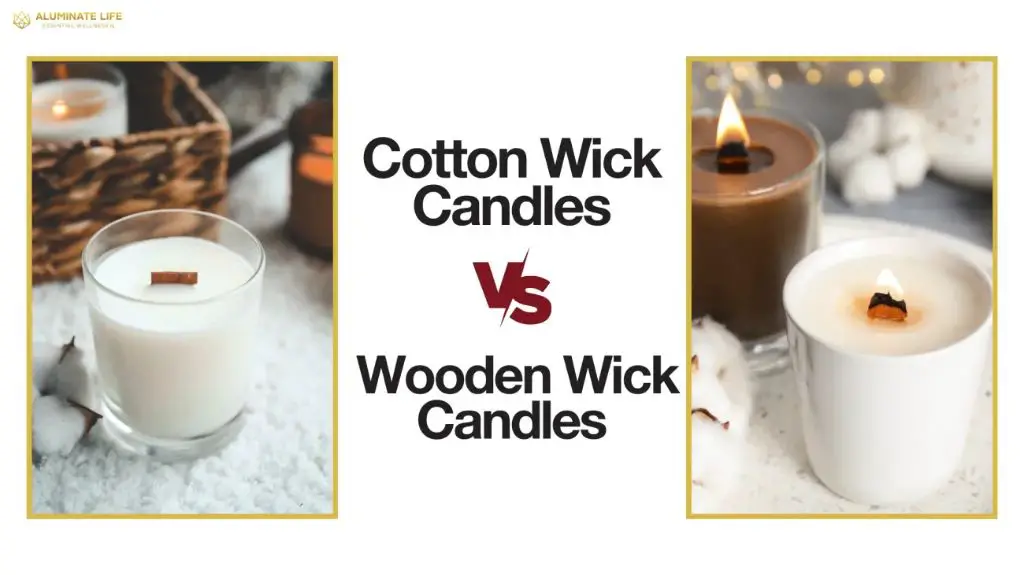
Cotton wicks offer several key advantages that make them a popular choice for candle making. First, cotton is a renewable resource that is biodegradable and environmentally friendly. Cotton can be grown year after year, so it provides a sustainable source material for wicks compared to synthetic options (https://candlelore.com/blogs/news/cotton-wick-candles-guide).
Another major advantage of cotton wicks is that they are adjustable in terms of stiffness and absorption. The strands can be braided and treated to control how stiff or flexible the wick is. Stiffness affects how upright the wick stands as the candle burns. Cotton can also be processed to adjust its absorption rate, which impacts how well the wick draws up melted wax (https://www.darknightcandles.com/aromatherapy-candle-blog). This adjustability allows candle makers to customize cotton wicks to pair optimally with different types of wax, oils, and jar shapes.
Disadvantages of Cotton Wicks
While cotton makes a good candle wick in many ways, it also has some drawbacks. Two of the main disadvantages of cotton wicks are sooting and bending.
Sooting occurs when the wick does not burn cleanly, producing black carbon deposits. Cotton wicks are prone to sooting because of their natural fibers. The soot can discolor the wax pool and jar, and also lead to ‘mushrooming’ where soot builds up on the end of the wick.
To minimize sooting, it’s important to trim cotton wicks to 1⁄4” before each use so the tip burns fresh. You can also prime wicks before first use to carbonize them and prevent initial sooting. Scented candles are more prone to sooting than unscented.
Cotton wicks can also bend and curve as they burn, which prevents proper capillary action. The bend disrupts wax flow to the flame, causing uneven burning, poor wax pool shape, and smoking. Proper wick sizing and braiding help reduce bend.
Switching to wood, paper, or heat-resistant synthetic fibers can eliminate some downsides of natural cotton wicks. But for many candle makers, proper care and priming of cotton remains a top choice for its versatility and performance. Avoiding scented wax or using soaked versus braided wicks also helps.
Alternatives to Cotton
While cotton is a common and effective wick material, there are some alternatives that can be used as well. Some natural, eco-friendly alternatives to cotton include:
- Wooden wicks – These are made from wood fibers, often bamboo, and create a pleasant crackling sound as they burn. Wooden wicks can help candles burn cleaner and cooler than cotton.[1]
- Paper wicks – Wicks can also be made from specialty paper that is flat braided. Paper wicks burn evenly and can be helpful for container candles.
- Zinc core wicks – These have a cotton exterior wrapped around a zinc core. The zinc helps the wick stay rigid and upright as the candle burns.
Wooden and paper wicks in particular can be good options for natural or eco-friendly candles. The natural fibers allow for a clean, even burn without releasing any toxic chemicals. While not as common as cotton, these alternative wick materials provide unique benefits and properties.
[1] https://www.navabella.com/post/are-soy-candles-safe-your-top-5-candle-questions-answered
Wick Size and Shape
The dimensions of a candle wick significantly impact how the candle burns. Thicker wicks typically allow more wax to be drawn up to the flame, resulting in a larger flame and faster burn rate. Thinner wicks produce a smaller flame and slower burn. Wick shape also affects burn rate. Most wicks are round or square braids, but there are also specialty shapes like wood cores and tin or zinc cores designed for cleaner, slower burns.
According to research from the University of Manchester, wick dimensions like thickness and shape can impact properties of the flame itself like temperature, height, luminosity, and sooting tendencies (Impact of candle wicks and fuels on burning rate, flame properties and sooting). Wider, flatter wicks with more surface area tend to burn faster and hotter while narrower, rounder wicks produce lower temperature flames. The shape also impacts how evenly the wax melts and travels up the wick.
When choosing a wick, it’s important to pair the proper thickness and shape with the wax, container, and desired burn time of the candle. Most candle makers recommend testing different wick types to find the optimal pair for clean, even burning without excessive sooting or tunneling.
Preparing Cotton Wicks
Properly preparing cotton wicks is an important step before using them in candles or other applications. There are a few key steps involved:
Priming – Cotton wicks need to be “primed” before use to remove any residues or chemicals left over from processing. This involves boiling the wicks in water for 5-10 minutes to clean them. According to one source, boiling helps remove any oils in raw cotton that could affect burn time or leave residue in the wax. It’s important to squeeze out as much water as possible after boiling and allow the wicks to fully dry before use [1].
Centering – The wick should be centered and straight in the candle vessel to ensure even burning. This can be accomplished by tying a washer, bead, or other weight to the bottom of the wick before inserting it into the wax or vessel. The weight will help keep the wick taut and vertically centered.
Trimming – Cotton wicks should be trimmed to 6-10mm before lighting to avoid excess smoke and sputtering. Long wicks create thick, sooty flames. It’s recommended to trim the wick each time before lighting for best results.
Taking care to properly prime, center, and trim cotton wicks helps them burn cleaner and more evenly in candles and other wick applications.
Cotton Wick Maintenance
Proper maintenance is important for cotton wicks to ensure optimal performance and burn time. The two key maintenance tasks are trimming the wick as needed and clearing away any excess wax.
As a cotton wick burns down, it will leave behind a black, carbonized tip. This burnt portion should be trimmed off before lighting to allow for a fresh wick. Untrimmed burnt wicks can lead to uneven burning, tunneling, and poor scent throw (Source). Generally, trim wicks to 1/4 inch before each lighting for best results.
It’s also important to clear away any excess wax pooling around the wick as the candle burns down. Wicks submerged in wax pools may have trouble staying lit or lead to drowned out scents. Use a paper towel or napkin to carefully soak up excess wax so the wick remains exposed (Source). Proper wick maintenance helps ensure clean, even burns and maximum fragrance.
Conclusion
Cotton makes a great wick material for candles due to its absorbency, safety, and low cost. Cotton fibers can soak up melted wax and deliver it evenly to the flame, which helps provide an even burn. Cotton is also less likely to produce excess soot or smoke compared to some synthetic wicks. It is generally safe to use around kids and pets. Cotton is accessible and affordable, making it a practical choice for most candle making projects. However, cotton does require testing and adjusting since results can vary based on factors like wick size, shape, and prep. Overall, with its natural origins and reliable performance, cotton remains a top choice among candle wick options. By understanding the advantages and proper use of cotton wicks, craftspeople can create high-quality, long-lasting candles.


